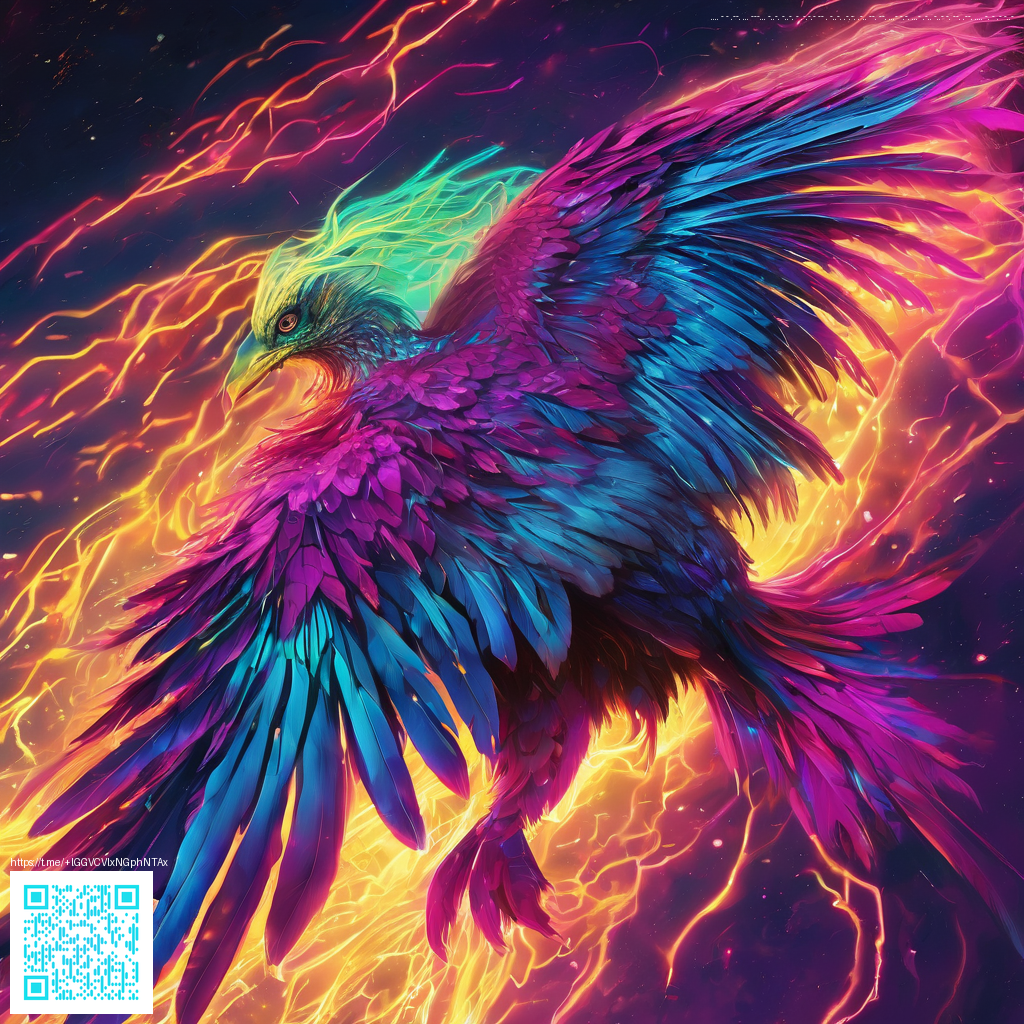
Streaming Setup for PC players chasing the demon chrome and stylish swordwork
For fans of rapid swordplay and over the top combos, streaming a high intensity action classic on PC is a dream. The aim is not only to deliver flawless gameplay but also to convey the swagger of Dante and the chaos of the Hell Gate with crystal clarity. This guide dives into practical gear, software decisions, and tuning tips that help you capture the full energy of chaotic demon fighting while keeping your stream responsive and entertaining.
Core hardware and encoding choices
Your CPU and GPU set the ceiling for smooth streaming while you unleash Dante’s juggle combos. A modern quad core or higher is a solid baseline, with a recent GPU that can handle your target resolution while leaving headroom for in game effects. For many streamers a balanced approach works best: use hardware encoding to keep the game running at full speed and spare the CPU for chat and overlays. NVENC or Quick Sync are great options if you want a low CPU load while maintaining crisp video. If you prefer tighter control and a pristine archival feel, x264 with a medium to slow preset can yield ultra clean frames at a modest CPU cost on capable machines.
Resolution and frame rate matter for immersion. A stable 1080p at 60 frames per second is a sweet spot for action titles on PC. If your rig is more modest, 720p at 60fps is perfectly serviceable and scales well with audience devices. In any case, lock your game to a consistent frame rate and avoid dynamic resolution shifting during key fights. Movement and timing are part of the show, and viewers notice frame jitter during nail biting boss phases.
Software, scenes, and input ergonomics
Streaming software is the cockpit from which your performance flies. OBS Studio remains the workhorse for most streamers, offering dependable scene management, audio mixers, and plug ins. Streamlabs is another path that adds integrated chat and widgets if you prefer a turnkey setup. Create separate scenes for exploration, boss fights, and a close up camera shot so your audience can catch the intensity of every parry and blade clash.
Input setup is essential for a fighter oriented game. If you play with a keyboard, map quick access macros for cinematic moves and emergency healing. A gamepad or a fight stick can help you replicate classic DMC3 flow with smoother inputs and more precise parries. Whichever route you choose, test edge cases like rapid sequences, guard breaks, and the Kraken boss’s stagger windows to ensure your input latency stays predictable on stream.
Audio hygiene and stream polish
Clear voice and punchy game audio are non negotiable for action games. Use a cardioid microphone and position it to reject room chatter, then apply a light noise gate and a touch of compression so your voice cuts through during demon slaying without peaking over explosions. In OBS, set up separate audio tracks for gameplay and mic so you can independently balance the combat sounds and your commentary. A subtle limiter on the game capture helps prevent audio clipping during loud, high energy scenes.
Subtle overlays and alerts add personality without stealing focus. A scrolling chat pane, a compact alert box for new followers, and a calm, legible font help new viewers feel welcome without disrupting your rhythm. If you use desktop overlays, keep them clean and avoid clutter during boss encounters where every hit matters.
Community insights and the modding culture around the PC version
The PC community around this classic fighter leans into localization of controls, widescreen presentation, and frame rate optimization. The enhanced Special Edition content adds new ways to experience the campaign, including the playable Vergil and additional difficulty ladders that excite seasoned players. On PC, fans frequently pursue tweaks that unlock higher frame rates and compatibility fixes, enabling a smoother capture experience and a more responsive feel during those rapid exchange sequences. The culture around these patches emphasizes preserving the game’s kinetic tempo while embracing modern hardware for streaming clarity.
What matters most is delivering a reliable, engaging stream where the audience can feel the tempo of every combo while you show off the show stopping moments. The right balance of crisp visuals, balanced audio, and confident commentary makes a big difference in how viewers experience this kinetic classic.
Developer commentary through patches and ongoing support
While the original release era was defined by a console focus, the PC scene thrives on community driven improvements. Updates and patches from the community keep the experience current on modern setups, delivering widescreen compatibility and frame rate improvements without compromising the core design. This collaborative spirit mirrors the broader streaming landscape, where content creators blend retro appeal with contemporary hardware to reach both long time fans and newcomers discovering the thrill of high velocity demon hunting for the first time.
Performance checklist for a flawless stream
- Target 1080p at 60fps if your hardware allows, otherwise 720p at 60fps for smoother captures on modest rigs
- Enable hardware encoding when possible to protect game performance
- Test audio levels ahead of stream time to avoid distorted dialogue during boss moments
- Prepare two or three scene setups for non combat segments and fight intros
- Keep a clean, legible chat overlay to maintain viewer engagement during fast paced action
Call to action and community support
Streamers who want to highlight the balance between retro charm and modern clarity can invest in a setup that lets the action breathe on screen. If you appreciate decentralized tools and the freedom they bring to independent creators, consider supporting projects that empower distributed networks and digital communities. Help fuel the next round of improvements that keep classics accessible on today’s platforms.
Support a decentralized internet